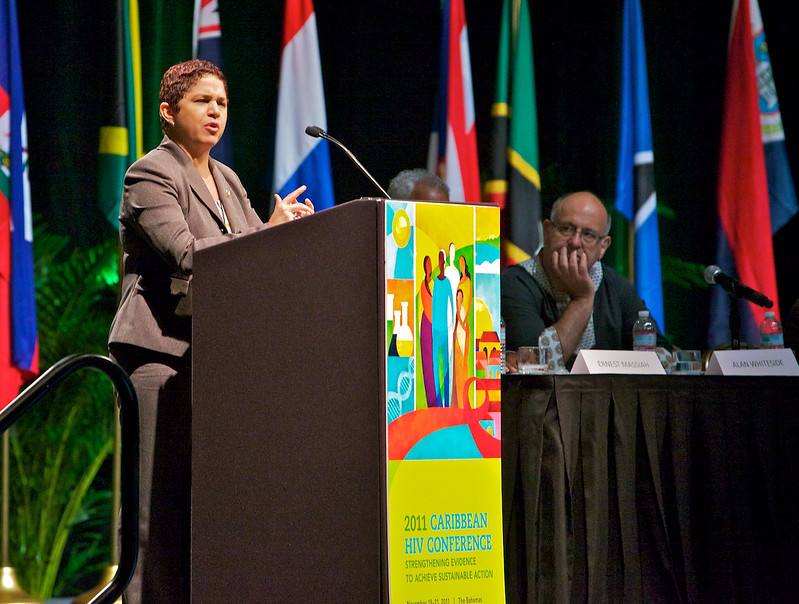HIV/AIDS in Trinidad and Tobago
 In the past three decades, HIV/AIDS in Trinidad and Tobago has been a defensive battle. In 1983, there were only eight registered cases of AIDS, however, a mere nine years later, Trinidad and Tobago ranked 17th out of 164 countries in reported cases per 100,000-person population.
In the past three decades, HIV/AIDS in Trinidad and Tobago has been a defensive battle. In 1983, there were only eight registered cases of AIDS, however, a mere nine years later, Trinidad and Tobago ranked 17th out of 164 countries in reported cases per 100,000-person population.
National Planning
Alongside the Caribbean as a whole, Trinidad and Tobago began its work towards HIV/AIDS prevention. Multiple programs and national policy created noticeable positive changes in the spread of the virus as well as preventative testing and general education. The country’s HIV and AIDS coordinating committee implemented the National HIV/AIDS Strategic Plan in 2004. The plan incorporated youth empowerment programs, voluntary counseling, preventative testing and specific prevention of mother-to-child transmission. The government launched free antiretroviral treatment to manage infection for those who acquired the virus congenitally. This program led to dramatic decreases in the number of mother-to-child-related transmissions.
The island’s National Prevention and Control Program most recently created the National HIV/AIDS Policy 2020-2030. The policy places focus on key vulnerable populations at risk of infection. To achieve an end to HIV/AIDS in Trinidad and Tobago by 2030, the National AIDS Co-ordinating Committee (NACC) created objectives that include “universal access to comprehensive HIV prevention services/ programs/ interventions, an increased proportion of the population living with HIV that knows their status, increased coverage of testing, a decreased population that engages in risky sexual behaviors and increased use of technology in HIV prevention.”
UNICEF Support
In 2009, UNICEF brought support to the island’s fight against HIV and AIDS. An educational program “Kicking AIDS Out” began in Speyside by the Trinidad and Tobago Alliance for Sport and Physical Education. This organization uses games and sports to teach youth about the spread and prevention of HIV/AIDS in Trinidad and Tobago. Community members in that area of the country saw firsthand how AIDS can have a swift ripple effect. The increased testing and educated choices in the country’s youth made a noticeable impact on the amount of new HIV infections present within the population.
UNAIDS Regional Data
According to 2022 UNAIDS data, new infections of HIV have reduced by 15% in the Caribbean between 2010 and 2022 with stronger reductions among men. Virus-related deaths have decreased by 53% over the same time, yet are stronger among women. Sixty-three percent of the population living with HIV were on treatment in 2022 and 83% of the population living with HIV knew their status that same year. Antiretroviral therapy coverage increased from 19% to 63% among men since 2010, and from 21% to 74% among women.
Programs in place to prevent HIV transmission rose from 45% to 65%. However, these responses continue to rely on external sources. More than 70% of all available resources are received from international financing. According to UNAIDS, “transitioning to sustainable financing for HIV is crucial to build on the current progress and address the structural factors that limit access to services and increase HIV vulnerability in the region.”
Conclusion
These programs are creating positive change within Caribbean countries and Trinidad and Tobago specifically. By continuing to receive support from organizations such as UNAIDS and UNICEF, Trinidad and Tobago could potentially stop the spread of HIV and AIDS.
– Chloe Landry
Photo: Flickr
